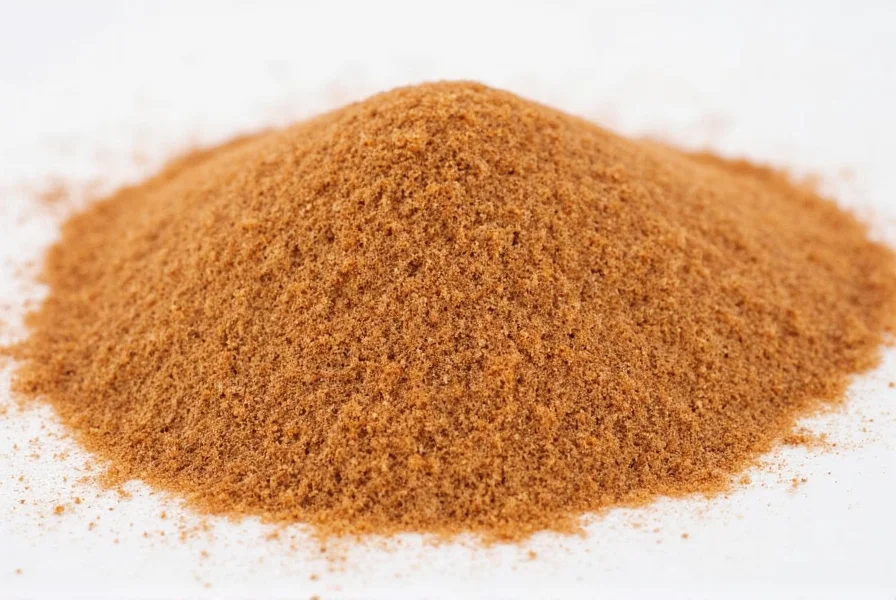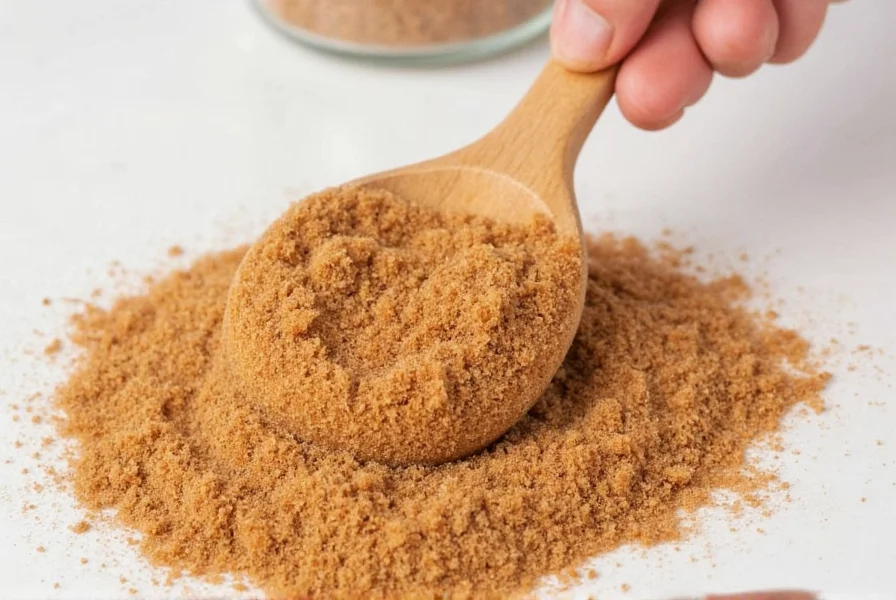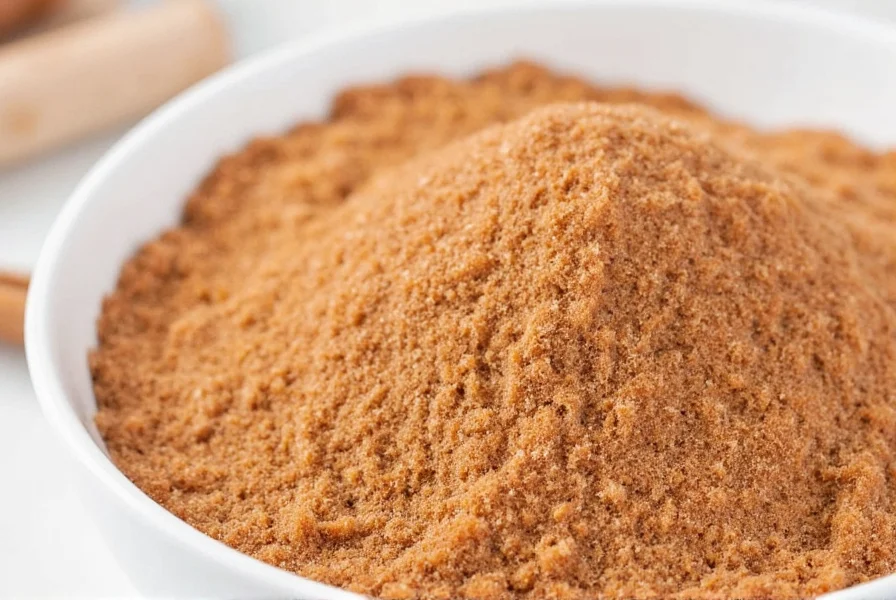Making cinnamon sugar at home is one of the simplest kitchen preparations that delivers maximum flavor impact. Unlike store-bought versions that often contain anti-caking agents or inconsistent ratios, homemade cinnamon sugar gives you complete control over quality and proportion. This versatile blend enhances everything from morning toast to gourmet desserts, and takes less than two minutes to prepare with pantry staples you likely already have.
Basic Cinnamon Sugar Recipe
Creating perfect cinnamon sugar starts with understanding the fundamental ratio that works for most applications. While preferences vary, the standard 4:1 sugar-to-cinnamon ratio provides balanced flavor without overwhelming sweetness or spice.
| Yield | Granulated Sugar | Ground Cinnamon | Mixing Time |
|---|---|---|---|
| Small batch | 4 tablespoons (1/4 cup) | 1 tablespoon | 30-60 seconds |
| Medium batch | 1 cup | 1/4 cup | 1-2 minutes |
| Large batch | 2 cups | 1/2 cup | 2-3 minutes |
Step-by-Step Instructions
- Gather your ingredients: high-quality granulated sugar and freshly ground cinnamon (Ceylon cinnamon offers a more delicate flavor while Cassia provides stronger spice)
- Measure precisely using standard measuring spoons or cups for consistent results
- Combine ingredients in a small, dry bowl—moisture causes clumping
- Mix thoroughly using a whisk or fine-mesh sieve for 30-60 seconds until completely uniform in color
- Check for consistency by sprinkling a small amount on white paper—no visible cinnamon streaks should appear
- Transfer to an airtight container for storage

Variations for Specific Uses
The standard ratio works well for most applications, but adjusting proportions creates specialized blends for particular culinary purposes. Understanding these variations helps you maximize flavor in different contexts.
Adjusting the Cinnamon to Sugar Ratio
- Mild flavor (5:1): 5 parts sugar to 1 part cinnamon - ideal for dusting over cappuccino foam or delicate pastries
- Standard blend (4:1): Our recommended starting point for general baking and cooking
- Bold flavor (3:1): Creates a more pronounced cinnamon presence for snickerdoodles or spiced coffee
- Intense spice (2:1): Reserved for specialty applications like cinnamon toast crunch copycat recipes
Flavored Cinnamon Sugar Options
Enhance your basic blend with these easy additions:
- Vanilla-infused: Add 1/4 teaspoon pure vanilla extract per cup of mixture (mix thoroughly and allow to dry slightly before storing)
- Citrus twist: Incorporate 1 teaspoon finely grated orange or lemon zest per cup
- Spice blend: Add 1/4 teaspoon each of nutmeg and allspice for holiday baking
- Dark brown sugar version: Substitute half the white sugar with dark brown sugar for richer flavor in coffee or oatmeal
Proper Storage Techniques
Correct storage maintains freshness and prevents clumping in your homemade cinnamon sugar. Unlike commercial products that contain cornstarch or other anti-caking agents, your homemade version requires careful storage to maintain optimal texture.
Store cinnamon sugar in an airtight container away from heat and moisture. Glass jars with tight-sealing lids work best. Include a silica gel packet (like those found in store-bought dried fruit) to absorb any ambient moisture. Properly stored, your cinnamon sugar will maintain peak flavor for 2-3 months.
If clumping occurs, pass the mixture through a fine-mesh sieve before use. For severe clumping, spread the mixture on a baking sheet and warm in a 200°F (95°C) oven for 5-10 minutes, then cool completely before re-storing.

Best Uses for Homemade Cinnamon Sugar
Your freshly made cinnamon sugar shines in numerous applications where store-bought versions fall short. The superior flavor balance enhances both sweet and unexpected savory dishes.
Baking Applications
- Roll cookie dough balls in cinnamon sugar before baking for snickerdoodles
- Sprinkle over muffin or scone tops before baking
- Mix into pie crusts for apple or pear desserts
- Layer between cake batter for spice cakes
Beverage Enhancements
- Stir into hot coffee or tea instead of plain sugar
- Dust over lattes or cappuccinos
- Mix with cocoa powder for spiced hot chocolate
- Add to mulled wine or cider recipes
Breakfast Favorites
- Sprinkle over French toast or pancakes
- Mix with butter for cinnamon sugar toast
- Add to oatmeal or yogurt
- Coat churros or beignets after frying
Troubleshooting Common Issues
Even this simple recipe can present minor challenges. Here's how to address them:
Problem: Cinnamon Separation
Solution: This occurs when ingredients aren't mixed thoroughly. Always whisk for at least 30 seconds or pass through a fine-mesh sieve multiple times. For larger batches, consider using a small food processor for 10-15 seconds to ensure complete integration.
Problem: Clumping During Storage
Solution: Moisture is the enemy of dry spice blends. Store with a silica packet, in a cool dark place, and avoid introducing moisture when scooping. If clumping occurs, refresh the mixture in a low oven as described in the storage section.
Problem: Flavor Too Mild
Solution: Cinnamon loses potency over time. Use fresh cinnamon (replace your spice jar every 6-12 months) and consider increasing the ratio to 3:1 for more pronounced flavor. Ceylon cinnamon is milder than Cassia, so adjust accordingly based on your cinnamon type.











 浙公网安备
33010002000092号
浙公网安备
33010002000092号 浙B2-20120091-4
浙B2-20120091-4